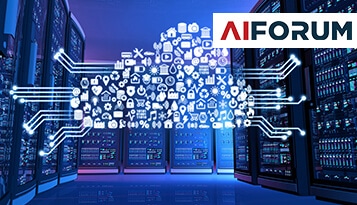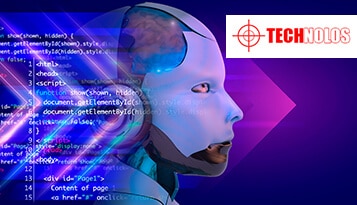Are you planning to create and set up a facial recognition model for smart devices, banking operations, or public safety optimization? If yes, you would then need to focus on the right training datasets over anything else. Yes, setting up the right AI model with deep learning and ML algorithms is challenging in itself but defining data sourcing and collection takes the cake. Throughout this article, we discuss the use cases of Facial Recognition and how important it is to feed facial recognition models with the right kind of data. Once done, we touch base with data annotation strategies for optimizing the facial recognition models.
Here are the three key takeaways:
- Facial recognition has several real-world benefits. They can prevent shoplifting, detect missing individuals, improve the quality of personal advertisements, optimize law enforcement, make schools airtight and secure, track classroom attendance, and do much more. Due to the massive capabilities and vast outreach, the global facial recognition market is expected to be valued at $7 billion by 2024.
- It is essential to feed the facial recognition models with the right datasets. This approach means that the data should be reviewed for accuracy and zero bias and must be properly labeled.
- Data annotation or labeling is important to improve the quality of fed data further. The approach involves using bounding boxes, semantic segmentation, and other annotation strategies— based on the dataset in question.
Click here to read this article:



